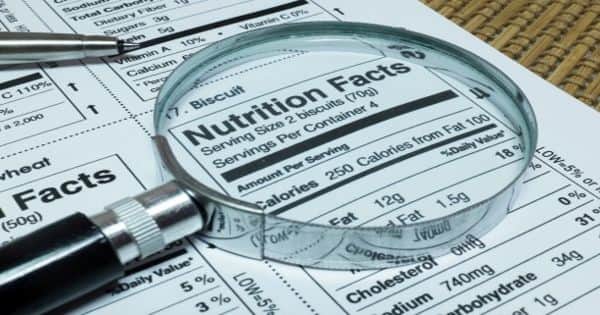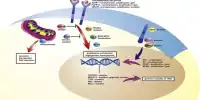Labelling foods to improve nutrition – act for a better future
Nutritional details are seen prominently on food items that provide customers with information on salt, sugar, and calorie content plays a major role in nudging people towards healthier eating decisions, according to new studies. The research, published by health economists at the Bath and Bristol universities in the Journal of Health Economics, is the first to examine the effect of Front-of-Pack diet labeling on supermarket marketed goods, which was first adopted in 2006.
The quality of the nation’s diet is a key public health issue. Households eat more healthily when retailers display clear nutritional information on own-brand food products, say researchers.
Their reports indicate a decrease in the amount of branded food consumed (e.g. ready-to-eat foods, pizzas, sandwiches, etc and a general increase in the dietary composition of supermarket shopping baskets where labeling has been seen. Significantly, these changes in food buying patterns have been more widely found across deprived families.
Local agencies should have the requisite authority to guarantee that the food system in which everyone works is conducive to healthier eating. In 2006, the UK Food Standards Agency (FSA) proposed that supermarkets adopt front-of-pack (FOP) marking on their supermarket labeled goods for seven forms of food (ready dinners, burgers/sauces, pies, breaded/coated foods, pizzas, sandwiches, and cereal). The suggestion was picked up by a number of UK supermarkets (Waitrose, Co-Op, Marks & Spencer, and Asda) who launched it at various times between March 2006 and September 2007.
Retailers also adopted two forms of diet marking. Some adopted the Traffic Light Method, a color-coded scheme that signifies the sum of nutrients in the colors red (high), amber (medium), and green (low), whereas others introduced a mixed system that combines both the traffic light system and the Guideline Regular Quantities (GDAs) where both colors and the importance of each of these nutrients to the adult GDA is seen.
By drawing on differences observed in the food choices of consumers who shopped in stores where labelling was displayed, to changes for consumers shopping elsewhere, the results from the new study show that on average, as a result of labelling, households improved the quality of their diet by reducing the total monthly calories from labelled store-brand foods by 588 Kcal, saturated fats by 14g, sugars by 7g, and sodium by 0.8mg. Hybrid marking has been shown to be more effective in changing decisions.
Research arrives as the UK Government carries out the latest obesity policy in reaction to covid-19, unveiling as part of it a range of steps, including the marking of small calories, to help people making healthy decisions while dining out. The study team says that these new findings will help guide future policy in this field.
The lead study, Dr. Eleonora Fichera from the Department of Economics at the University of Bath, explains: “Our findings indicate that nutrient labeling on food items will play an important role in helping to change behavior towards healthy food choices, whether during the weekly shop in a supermarket or possibly through fresh, healthier menu choices.
“This of course is not a panacea to solve the obesity problem, which is multi-faceted and needs to be tackled with a much more systemic approach. But these results provide policymakers with further evidence that such measures can make an important contribution.”















